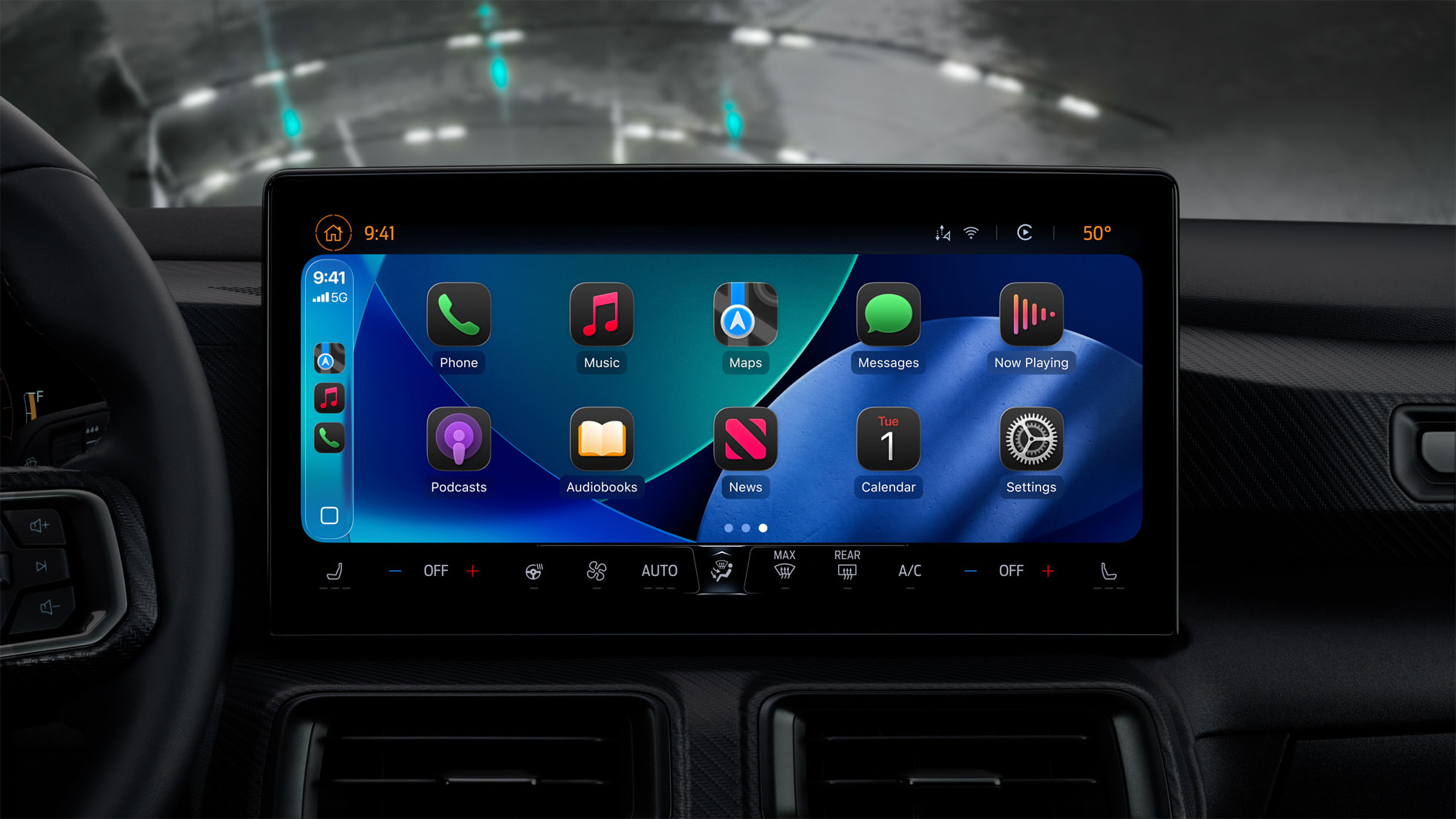Asus Zenfone 11 Ultra shirks predecessors’ best feature in the pursuit of more power
[[{“value”:”
Asus has used the last three generations of Zenfone to carve out a niche as the purveyor of the best small phones on the market; flagship performance in one of the most pocketable form factors out there. The company’s new Asus Zenfone 11 Ultra, however, is anything but compact.
Instead, Asus has poured in everything we’ve come to expect from a 2024 flagship: top-shelf chipset for excellent performance? Check. Expansive, vibrant, high refresh rate display? Check, large battery with super-fast charging? Of course. Trio of capable cameras on the back? Looks like it! Newfound AI functionality throughout? Yep; it’s 2024, isn’t it?
On paper, there’s little to fault the Zenfone 11 Ultra’s extensive list of specs and features; its inoffensive design and powerful internals should ensure that it delivers to discerning users in the market for a new flagship phone right now. But it steps away from what the Zenfone line has come to be known for.
(Image credit: Future | Alex Walker-Todd)
(Image credit: Future | Alex Walker-Todd)
(Image credit: Future | Alex Walker-Todd)
The Zenfones 8, 9 and 10 have all been comparatively compact – relative to the status quo – with only Apple, Google and Samsung producing noteworthy alternatives that even approach Asus’ phones’ compact-but-powerful formula. So long as you were happy with the compromises of a smaller battery (and thus lesser battery life) and smaller thermal envelope (which affected sustained performance), there was little else out there that offered a 6-inch or smaller screen, paired to a flagship chipset.
2023’s Zenfone 10 clocks in with a 5.92-inch display, while the new Zenfone 11 Ultra approaches the likes of the Samsung Galaxy S24 Ultra with its 6.78-inch panel; it’s now among the biggest phones out there, and keen-eyed fans of Asus’ wares might also notice that both the design and specs bear more than a passing resemblance to the company’s other recent flagship phone release; the Asus ROG Phone 8 series.
Same screen, internals, cameras and battery – the Asus ROG Phone 8 is essentially Batman to the Zenfone 11 Ultra’s Bruce Wayne. Of course, Asus doesn’t deny the similarities, instead highlighting that beyond aesthetics and the unusual offset USB port, the 11 Ultra sports different cooling and performance tuning profiles to the ROG Phone.
(Image credit: Future | Alex Walker-Todd)
(Image credit: Future | Alex Walker-Todd)
(Image credit: Future | Alex Walker-Todd)
(Image credit: Future | Alex Walker-Todd)
(Image credit: Future | Alex Walker-Todd)
(Image credit: Future | Alex Walker-Todd)
(Image credit: Future | Alex Walker-Todd)
(Image credit: Future | Alex Walker-Todd)
(Image credit: Future | Alex Walker-Todd)
(Image credit: Future | Alex Walker-Todd)
(Image credit: Future | Alex Walker-Todd)
(Image credit: Future | Alex Walker-Todd)
(Image credit: Future | Alex Walker-Todd)
(Image credit: Future | Alex Walker-Todd)
(Image credit: Future | Alex Walker-Todd)
Rather than gunning for the title of best gaming phone, the Zenfone 11 Ultra focuses instead on Asus’ efforts with AI. Features like AI Transcript, AI Call Translator, AI wallpaper generation, AI-supported noise cancellation (in calls) and semantic search won’t all be present at launch, but look set to help lift the Zenfone 11 Ultra from just-another smartphone to a direct rival to Samsung’s Galaxy AI efforts and even the newly-release Xiaomi 14 series.
Of course, the big benefit to going big this generation is that you get a large AMOLED screen: a Full HD+ panel with a 1Hz to 120Hz refresh rate range in general use and the ability to step up to 144Hz with compatible games. Meanwhile, the 5,500mAh (with 65W wired fast charging and 15W wireless charging) promises to deliver the best battery life ever from a Zenfone (Asus quotes 26.5% increase in battery life versus its predecessor, and around 26 hours of regular use per charge, which we’ll undoubtedly put to the test in our full Asus Zenfone 11 Ultra review).
Here’s a full spec breakdown of the 11 Ultra:
Even with all this talk of new functionality and capable hardware, if you’re still lamenting the loss of a compact flagship champ in the Zenfone line, the ‘Ultra’ suffix does leave the door open for a Zenfone 11 Pro, or an even more modest Zenfone 11. When asked directly, Asus representatives told TechRadar that it had nothing to share “at this moment,” so make of that what you will.
If you’re still onboard with the premise of the new Asus Zenfone 11 Ultra, the phone hits pre-order on March 14 and goes on sale in key markets, including the US, Europe and the UK on April 14.
Asus did also confirm to TechRadar that “yes, Zenfone 11 Ultra will be launch in Australia in Q2, 2024. But the pricing info has still not yet been revealed, even internally.”
You might also like
Asus Zenfone 11 leak shows it’ll continue to fly the flag for small, powerful phonesBest Android phones: top Google-powered phones for every budgetBest foldable phones: top folding smartphones right now
“}]]





